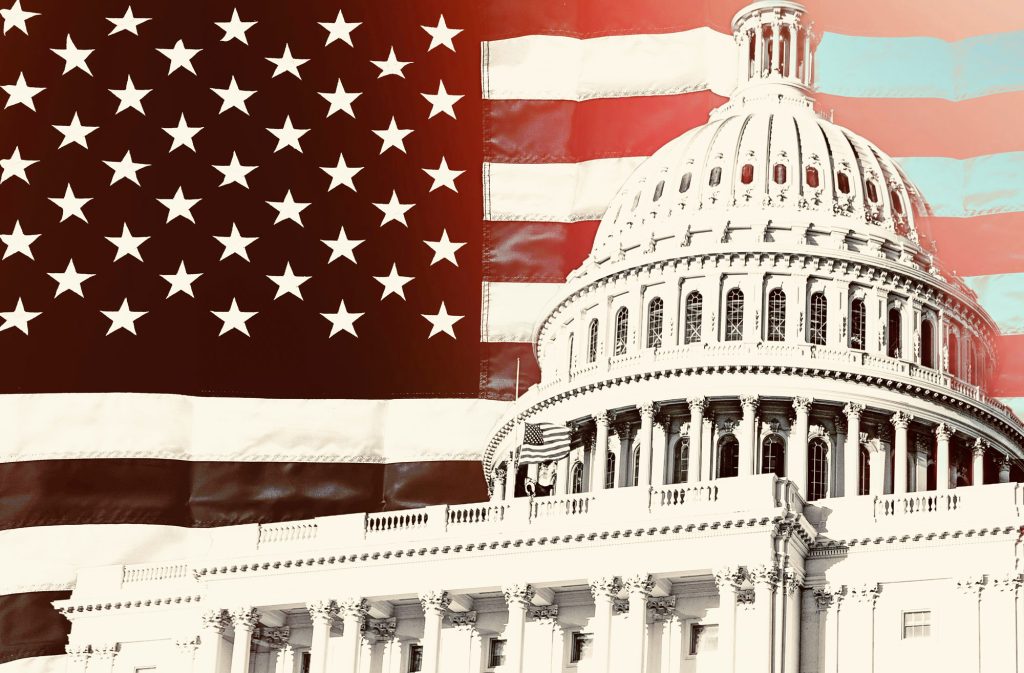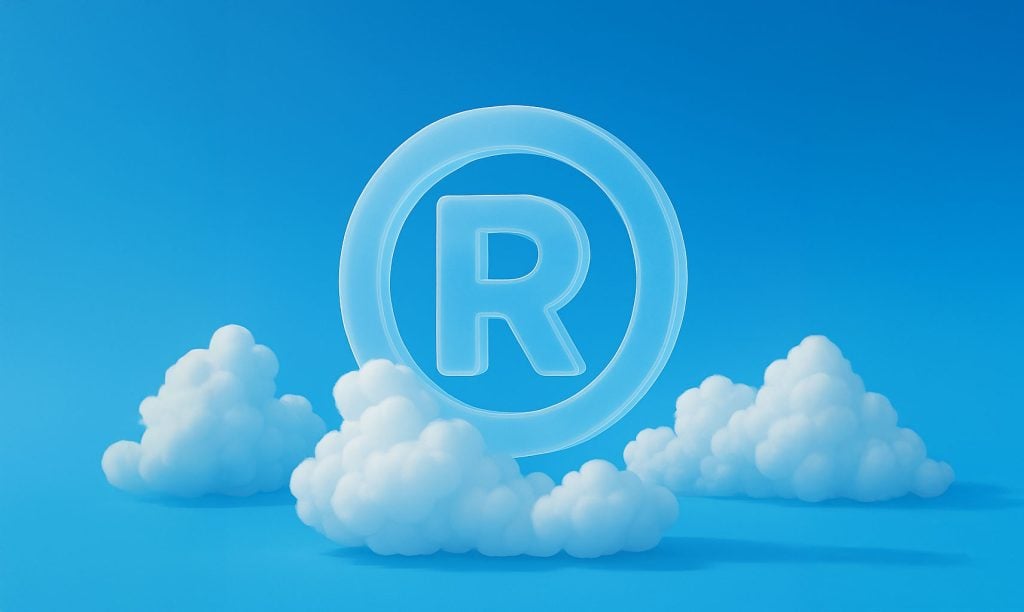There is no question that social media has created nearly limitless opportunities for social media influencers and marketers to reach their clients outside of traditional mass-media channels. The influencer market has surpassed $10 billion dollars as platforms such as Snapchat®, TikTok® and YouTube® have enabled influencers to reach a wide variety of different demographics. Whether you are a celebrity, a social media influencer, or a product placement influencer, having a large following of potential customers is an invaluable marketing tool that businesses highly value. However, for many influencers the urge to build brand partnerships and endorsements often supersedes the importance of protecting the influencers’ brand identities, themselves. In this article, we will explain the importance of developing trademarks around your name as an influencer to prevent your victimization by brand impersonation scams and fraud that could lead to impersonators stealing your sales.
What is a trademark and what does it do for social media influencers?
A trademark is any word, phrase, symbol, design, or combination thereof that can be used to identify the source of your goods and services.[1] Even if you do not file an application for a trademark, when you start using a word, phrase, symbol, design, or combination thereof to identify the source of your goods or services, you have used an unregistered trademark. There is no requirement that you file an application to register your trademark to protect your brand, however, without effective trademark protection you may risk losing your followers and their potential and real sales in a matter of clicks.
How can you proceed with registering a trademark for your social media brand?
Step 1: Hire an attorney:
Although you can file a trademark without consulting an attorney, it is best to talk to a legal professional in the intellectual property field who knows the “ins and outs” of the United States Patent and Trademark Office’s (USPTO) trademark registration process. An experienced trademark attorney can advise you on a number of trademark related issues, such as whether your mark may be legally protected and what filing basis is best for your mark based on your use or intent to use the mark in commerce. They can also ensure that your application is thoroughly and accurately prepared by selecting the appropriate International Class for your goods and services and appropriately describing them. After filing your trademark application, a trademark attorney can ensure timely filing of responses to office action refusals and respond to any opposition/cancellation proceedings at the Trademark Trial and Appeal Board (TTAB). The bottom line is studies show that hiring an experienced trademark attorney leads to an over 85% allowance rate, as compared to the 55% allowance rate for those DIY trademark applications filed and prosecuted by those without specific knowledge of trademark laws and USPTO rules and procedures.
Step 2: Conduct a search:
Conducting a comprehensive trademark search is an important and often overlooked step in the trademark application process. Although the word or phrase you want to trademark may sound original to you, an identical or confusingly similar trademark may already be registered by another party. Therefore, it is important to conduct a thorough search of federal trademark applications and registrations, state applications and registrations (where publicly available), and other online sources to ensure that the trademark you want to register is available and free of any actual or potential conflicts. A comprehensive trademark search fulfills two objectives: first, it shows whether the trademark you want to register is available or not; and second, the search can identify whether there are conflicting trademarks or trademarks that may lead to a likelihood of confusion issue. Conducting a thorough search will ensure your mark is available and can help ensure that the correct class(es) of goods and services are properly selected when filing your application, allowing for a faster and more cost-effective registration process.
Step 3: File an application with the USPTO
Once you have performed your trademark clearance search, your attorney can prepare your trademark application. There are two important considerations for your application. First, it is important to ensure the accuracy of your desired trademark. Once you file your application, you cannot change or alter the trademark language. If you file a logo, you may be able to make non-material changes, but this may cause problems if the Trademark Examining Attorney rejects the changes. Second, you must ensure the accuracy of your goods and/or services description. Similar to the trademark language, you are prohibited from making certain changes to the description of your goods and/or services. If you file a trademark application for clothing and later decide you should have included footwear, you will be prevented from adding the additional item. While you can always narrow your description to make your goods and/or services more definite, you cannot broaden your goods and/or services description. If there is a mistake as to the trademark language itself or the description of goods and/or services in your application, you will need to pay for another application. Typically, if there are no office actions issued by the Trademark Examining Attorney, you can expect your trademark application to be approved for registration within 5 to 6 months. However, if you do not include an accurate description in your application of all of the goods and/or services that you offer and want to protect, you may be wasting valuable resources and creating unnecessary delays for yourself. Therefore, it is important to verify the accuracy of all portions of your trademark application before you file.
What are the benefits of having a registered trademark for your social media brand?
As a social media influencer, celebrity, or public figure, you are your brand. As you are unique, it is important for you to protect your brand from fraudulent impersonation scams or brandjacking and not to delay in pursuing trademark registration. Some of the important reasons to protect your brand are:
Ability to use ®: While this may seem like a small benefit, having a ® next to your trademark will put the world on notice that your trademark is federally registered and claimed.
Recognition: One purpose of a trademark is for your consumers to identify your trademark and its related goods and services to you. When people see your trademark with ®, they will relate the goods or services to you and recognize the trademark as being a source designator and not just another word or phrase.
Protection: Once you register your trademark, you gain access to a variety of additional protection that an unregistered trademark is not afforded. First, you can register your trademark with the U.S. Customs and Border Protection to stop the importation of counterfeit goods. Second, you can prevent others from using your trademark on social media websites. Typically, this comes in the form of filing an Intellectual Property Notification with the specific website or platform that the infringer is advertising on. By asserting your ownership of a registered trademark, the third-party site will usually remove the infringing material within a matter of days. Third, you can prevent others from using a trademark that is confusingly similar to yours. For example, if your name is Nike®, you can prevent others from using “Nike” and/or variations of “Nike”, as well as any variations that are similar in appearance, meaning, or sound. One thing to remember is your registered trademark protects the goods and services you offer in connection with the trademark. If your trademark is Nike® and you are selling shoes, you may have a hard time protecting your trademark from someone using “Nike” to offer house cleaning services. However, if someone is using the trademark Nike® in association with goods similar in nature to your shoes, such as clothing, you will be able to prevent them from using your registered trademark.
Stability: With a ® beside your brand, potential partners will recognize and know that your brand is protected, and your rights are enforceable if someone tries to steal or copy your brand in association with similar or identical goods and services. Information from an article published by CompuMark Research indicates that over 85% of large companies have experienced a case of trademark infringement in 2020[2]. Showing the public that your brand is federally registered will not only add value to your brand but will serve as a warning to copycats that you take your brand and your rights seriously.
Avoid Rebranding: If your competitor registers a brand before you register a similar or identical brand, you may be faced with expensive litigation or the need to rebrand. For example, in the case of Hayley Paige, a bridal designer contracted with a company, JLM Couture, for the right to use of her name “Hayley Paige” as a brand. After a dispute arose, Ms. Paige wanted to leave JLM Couture, but they refused to allow her to use her name in association with similar goods and services or similarly branded social media accounts. Paige later said “They have taken my name, and my social media accounts…” and was forced to rebrand. Although a trademark registration does not generally help in cases involving employment disputes, it can serve to protect the rights of the owner to use the trademark and ensure the owner is not forced to rebrand if the relationship goes awry.[3][4]
How to protect your brand from being stolen or copied by other social media influencers
Whether you are an influencer who uses Meta (fka Facebook®), Twitter®, Pinterest®, or all of the above for your influencing activities, it is important to register your name as a brand. Remember, your name is only a name until you start to use it to identify the source of your goods and/or services. At that point it becomes a trademark. It is important to be proactive when creating and attempting to register your trademark to ensure it is not taken. The last thing you want to do is to invest time and resources into a brand name only to find out that someone else has already used or registered the name with the USPTO. Also, when establishing your brand you want to ensure that you can use the same name on multiple platforms where you may be growing a following or have plans to grow a following. If the name is already taken on a particular platform but you have a registered mark, you can usually file takedown notices with the website to have the name removed. While this does not guarantee that the name will be transferred to you, it does help to ensure that the infringing name will be removed from public view and your followers and potential customers will not be confused about whether you have a presence on the platform. It is important to register your brands and handles on your social media profiles as early as possible to ensure you avoid many time consuming and costly conflicts mistakes that may arise.
How to enforce your trademark rights if someone starts using your name or brand
After all the time and money you have spent to create and register your trademark, it may now be time to protect your brand. If you identify a business, group, or person using your registered trademark, the first step is often to send a cease-and-desist letter. The basic purpose of the cease-and-desist letter is to inform the infringing party of your registered trademark and to persuade them to stop engaging in infringement of your registered trademark or face certain legal action. If the infringer ignores your letter, you may need to resort to litigation to prevent continued infringement. Unfortunately, if you ignore an infringing party long enough, you may jeopardize certain rights to enforce your trademark against others in the future. Remember, preventing the infringement of your registered trademark and brand early is much faster and more cost-effective than attempting to recover lost trademark rights in prolonged litigation.
Consult with an experienced trademark attorney
It is important to have an IP attorney with extensive experience in trademark law when preparing and filing your trademark application. At the Rapacke Law Group, our attorneys have prepared and filed thousands of trademark applications with the USPTO and offer all trademark applications on a transparent flat fee basis without the hassle or stress of billable hours or uncertain legal fees. At The Rapacke Law Group, we are well equipped to help you safeguard your trademark application.
Still have questions? Take our Intelligent IP Quiz or schedule your free phone consultation at to speak with an experienced IP attorney about protecting your trademark application.
Disclaimers:
The above trademarks and brands are used for illustrative purposes only based on the public records found from their respective registrations at the USPTO and they are in no way affiliated, endorsed, or in any imply a relationship with the Rapacke Law Group.
[1] https://www.uspto.gov/trademarks/basics/what-trademark
[2] CompuMark Research (2020), “Trademark infringement rising year-on-year, says CompuMark report”, available from: https://www.prnewswire.com/news-releases/trademark-infringement-rising-year-on-year-says-compumark-report-300986014.html
[3] Insider (2021), “Wedding-dress designer Hayley Paige says she’s changing her name after JLM Couture was granted control of the brial brands’ social media accounts”, available from: https://www.insider.com/hayley-paige-changing-her-name-because-of-jlm-couture-lawsuit-2021-3
[4] Insider (2021), “A complete timeline of bridal designer Hayley Paige’s year-long battle with JLM Couture”, available from: https://www.insider.com/hayley-paige-gutman-jlm-couture-controversy-timeline-2021-1#on-april-6-2012-the-misshayleypaige-instagram-account-was-launched-2




